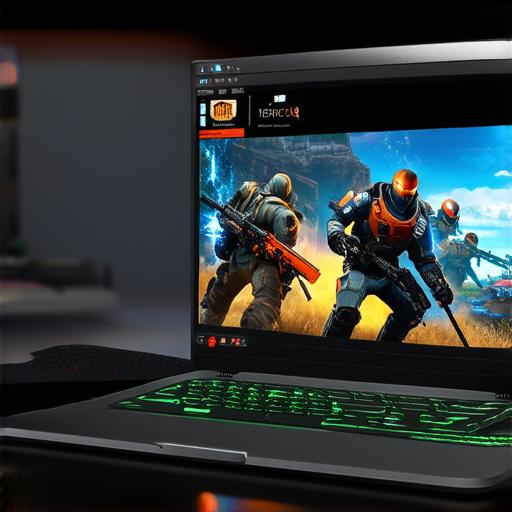The Rise of Multiplayer Games with Unreal Engine 5: A Comprehensive Guide to Development and Implementation in ePub Format
Introduction
Multiplayer games have come a long way since their inception. With the advent of high-speed internet connections and powerful gaming hardware, developers can now create immersive and engaging experiences that bring players together from all corners of the globe. However, developing multiplayer games is no easy feat. It requires an extensive understanding of network programming, synchronization, and optimization techniques to ensure a seamless and enjoyable experience for all players.
Network Programming
Network programming is the foundation of any multiplayer game. It involves designing and implementing systems that allow players to communicate and interact with each other over a network. In Unreal Engine 5, developers can use various network programming tools and techniques to create smooth and responsive multiplayer experiences.

One such tool is the Unreal Engine Networking API. This API provides a set of functions and classes that allow developers to create custom networking systems for their games. With this API, developers can implement features such as matchmaking, player joining and leaving, and data transmission between clients and servers.
Another important aspect of network programming is synchronization. Synchronization ensures that all players see the same game state at the same time, regardless of their location or device. To achieve this, developers must use techniques such as client prediction, interpolation, and lag compensation. These techniques ensure that players experience a smooth and seamless gameplay experience, even in the face of network latency.
Optimization Techniques
Multiplayer games require optimization techniques to ensure smooth performance and low latency. Unreal Engine 5 provides several optimization tools and techniques to help developers achieve this goal.
One such technique is server-side prediction. This involves predicting player actions on the server and sending updates to clients in advance. This can significantly reduce the amount of data transmitted over the network and improve overall performance.
Another important optimization technique is client-side prediction. This involves predicting player actions on the client and sending updates to the server in advance. This can further reduce the amount of data transmitted over the network and improve overall performance.
Case Studies
To illustrate the potential of Unreal Engine 5 for multiplayer game development, let us take a look at two case studies: “Fortnite” and “Hunt: Showdown”.
Fortnite is an incredibly popular battle royale game that has achieved massive success using Unreal Engine 5. The game features stunning graphics, seamless multiplayer functionality, and a wide range of customization options. Fortnite’s developers have been able to achieve this by utilizing the latest technology available in Unreal Engine 5, including advanced networking capabilities and server-side prediction.
Hunt: Showdown is another game that has achieved success using Unreal Engine 5 for multiplayer development. This game is a cooperative first-person shooter that requires players to work together to take down monsters. Hunt: Showdown’s developers have been able to achieve smooth and responsive multiplayer functionality by utilizing advanced networking capabilities, client-side prediction, and server-side prediction techniques.
Best Practices
To ensure the success of your multiplayer game, it is important to follow best practices for development and implementation. Here are a few key takeaways from experienced developers:
- Test extensively: Multiplayer games require extensive testing to ensure that all players have a seamless experience. This includes testing for network latency, client-side prediction, and synchronization issues.
